The Architecture of the Language Faculty (Linguistic Inquiry Monographs)
4.5
بر اساس نظر کاربران

شما میتونید سوالاتتون در باره کتاب رو از هوش مصنوعیش بعد از ورود بپرسید
هر دانلود یا پرسش از هوش مصنوعی 2 امتیاز لازم دارد، برای بدست آوردن امتیاز رایگان، به صفحه ی راهنمای امتیازات سر بزنید و یک سری کار ارزشمند انجام بدینکتاب های مرتبط:
معرفی کتاب 'The Architecture of the Language Faculty'
کتاب 'The Architecture of the Language Faculty' نوشته رِی جَکِنداف یکی از آثار برجسته در حوزه زبانشناسی شناختی است. این کتاب بخشی از سری کتابهای Linguistic Inquiry Monographs بوده و به بررسی دقیق و نوآورانهای از ساختار شناختی زبان میپردازد. جکِنداف در این اثر تلاش میکند تا جایگاه زبان را در میان دیگر سیستمهای شناختی انسان روشن سازد، و به صورت تخصصی تعامل آن را با سیستمهای حسی، مفهومی و حرکتی توضیح میدهد. طراحی کلی این کتاب برای مخاطبانی است که به دنبال درک عمیق از بنیانهای زبان در ذهن انسان هستند.
خلاصهای دقیق از کتاب
کتاب 'The Architecture of the Language Faculty' تلاش میکند به سوالات پیچیدهای در مورد ساختار زبان و نحوه کارکرد آن پاسخ دهد. رِی جکِنداف، با ترکیب دیدگاههای مختلف زبانشناسی، روانشناسی شناختی و علوم عصبی، سیستمی منسجم برای فهم کارکرد زبان ارائه داده است. کتاب با بررسی پدیدههای مختلف زبانی نظیر نحو (Syntax)، معناشناسی (Semantics)، و آواشناسی (Phonology)، به این نتیجه میرسد که این لایهها در واقع نمودهای متفاوتی از یک سیستم یکپارچه زبان هستند.
یکی از موضوعات کلیدی این اثر، مفهوم Parallel Architecture است که مدل ساختاری تازهای برای درک تعامل بین نحو، معناشناسی و آواشناسی پیشنهاد میکند. برخلاف نظریات سنتی، جکِنداف معتقد است که این سه مؤلفه به صورت موازی و در تعامل پویا با یکدیگر کار میکنند، نه به صورت خطی. این رویکرد بدون شک تحولی در درک ما از زبانشناسی مدرن ایجاد کرده است.
بخشهای مختلف کتاب همچنین نگاهی عمیق به فرآیندهای تولید و درک زبان، تعامل زبان با دانش عمومی و تصویر بزرگتری از جایگاه زبان در شناخت ارائه میدهند. به عبارت دیگر، این اثر به خواننده کمک میکند تا زبان را نه فقط به عنوان یک سیستم ارتباطی، بلکه به عنوان عنصر کلیدی در سازمان فکری انسان درک کند.
نکات کلیدی
- مدل Parallel Architecture و بررسی تعامل نحو، معناشناسی و آواشناسی.
- تاکید بر نقش زبان به عنوان سیستم شناختی بینرشتهای.
- بررسی روشهای جدید تحلیل زبان در تعامل با سایر سیستمهای شناختی مانند حافظه و ادراک.
- پیشنهاد بازنگری در نظریههای موجود در زبانشناسی شناختی و تطبیق آن با دادههای جدید.
نقل قولهای معروف کتاب
"The human language faculty is not just a communication system, but a cornerstone of human cognition."
"Language is not merely a string of symbols; it is deeply embedded within the core architecture of mind."
چرا این کتاب اهمیت دارد؟
اهمیت کتاب 'The Architecture of the Language Faculty' را میتوان در نوآوریهای نظری آن و تأثیر عمیقی که بر زبانشناسی مدرن و شناختپژوهی داشته است، یافت. این اثر یکی از نخستین تلاشها برای ارائه مدلی جامع و چندبعدی از زبان است که بهطور همزمان به جنبههای نحوی، معنایی، و آواشناختی میپردازد. جکِنداف با طرح مدل Parallel Architecture چارچوبی جدید برای ادغام زبانشناسی و علوم شناختی ارائه میدهد. دانشجویان، محققان، و علاقهمندان به علوم انسانی میتوانند از دیدگاههای ارائهشده در این کتاب بهرهمند شوند تا نگرشی جامعتر به زبان و ذهن داشته باشند.
علاوه بر این، کتاب به زبانی دقیق ولی در عین حال قابلفهم نوشته شده است و خوانندگان را با پرسشهای ماندگاری درباره ماهیت زبان و جایگاه آن در شناخت انسان مواجه میکند. اگر به دنبال درک عمیقتر از اینکه چگونه ذهن انسان زبان را پردازش و تولید میکند هستید، این کتاب منبع ارزشمندی خواهد بود.
Introduction to "The Architecture of the Language Faculty"
"The Architecture of the Language Faculty" is a seminal work by Ray Jackendoff, renowned for its pioneering exploration of how language interfaces with the mind. Published as part of the Linguistic Inquiry Monograph series, this book delves deep into the modular organization of linguistic competence and its integration within the broader cognitive architecture of the human mind. Offering an interdisciplinary approach, this text bridges linguistics, cognitive science, and philosophy to provide a comprehensive understanding of language as a cognitive system.
Structured argumentation, rich theoretical insights, and a focus on mental representations characterize the work. Jackendoff emphasizes understanding how phonological, syntactic, and semantic information interact and how language connects to sensory input, conceptual knowledge, and motor systems. Through this multifaceted approach, readers are invited to reimagine the boundaries of language processing and grasp its significance in human cognition. Below, we explore the major components of this groundbreaking book in detail.
Detailed Summary of the Book
At its core, "The Architecture of the Language Faculty" presents a comprehensive model for understanding language as a modular cognitive system. Jackendoff puts forward the idea that language is not a monolithic function of the brain but a composite of interacting subsystems, each responsible for a specific aspect of linguistic performance. These include phonology (sound structure), syntax (grammatical structure), and semantics (meaning).
A central argument introduced by Jackendoff is that language modules are partly autonomous but maintain complex interactions with one another. For instance, phonological representations generate sound patterns, which interface with syntactic structures to build coherent sentences. Semantic modules, in turn, interpret meaning by integrating syntactic and contextual information. By advocating for a modular yet interconnected approach, the book calls attention to the dynamic and multi-level nature of linguistic cognition.
Jackendoff also goes beyond linguistic modules, situating them within the cognitive architecture of the mind. He highlights how language interacts with other cognitive systems, such as vision, memory, and motor planning. He explores key questions like: How do speakers convert thought into speech? How do listeners decode sound into meaningful ideas? These explorations underscore the inseparability of linguistic competence from broader cognitive and perceptual systems.
The book also engages directly with theoretical questions about Universal Grammar, mental representations, and the role of innate mechanisms in linguistic acquisition. Without oversimplifying, Jackendoff presents a detailed and accessible account of how humans come to know and use language effectively and reliably.
Key Takeaways
- Language faculty is modular, encompassing subsystems for phonology, syntax, and semantics.
- Linguistic processing involves integration with non-linguistic faculties like perception, memory, and motor systems.
- Phonology, syntax, and semantics interact through interfaces, maintaining relative autonomy yet sharing information.
- Language provides crucial insights for understanding broader cognitive processes like categorization and conceptualization.
- The book bridges linguistic theory with interdisciplinary perspectives, making it a crucial resource for linguists, psychologists, and philosophers alike.
Famous Quotes from the Book
"Language is not a monolithic process; it is an intricate interplay of specialized systems, each performing distinct yet interrelated tasks."
"Thinking about the architecture of language means thinking about the architecture of the mind."
"Only by understanding language as a multi-faceted cognitive system can we truly grasp its complexity and its significance in the spectrum of human abilities."
Why This Book Matters
"The Architecture of the Language Faculty" is not only a cornerstone of linguistic theory but also a profound contribution to cognitive science. Jackendoff’s examination of language as a modular system offers critical insights for researchers grappling with how the mind functions holistically and in parts. Through its detailed theoretical framework, this book equips readers with tools to understand the intricate processes underlying everyday linguistic activities, from generating speech to grasping meaning in context.
The significance of this book lies in its ability to challenge traditional assumptions and expand interdisciplinary dialogue. It pushes the boundaries of linguistic research to include the study of interaction between language and other cognitive systems. For students, scholars, and practitioners in fields ranging from linguistics to artificial intelligence, Jackendoff provides a compelling blueprint for understanding how language works and why it matters within the broader scope of human cognition.
In summary, "The Architecture of the Language Faculty" is not just a linguistic exploration; it is an invitation to better understand the human mind. It is a must-read for anyone seeking to comprehend how we, as humans, think, communicate, and create meaning.
دانلود رایگان مستقیم
شما میتونید سوالاتتون در باره کتاب رو از هوش مصنوعیش بعد از ورود بپرسید
دسترسی به کتابها از طریق پلتفرمهای قانونی و کتابخانههای عمومی نه تنها از حقوق نویسندگان و ناشران حمایت میکند، بلکه به پایداری فرهنگ کتابخوانی نیز کمک میرساند. پیش از دانلود، لحظهای به بررسی این گزینهها فکر کنید.
این کتاب رو در پلتفرم های دیگه ببینید
WorldCat به شما کمک میکنه تا کتاب ها رو در کتابخانه های سراسر دنیا پیدا کنید
امتیازها، نظرات تخصصی و صحبت ها درباره کتاب را در Goodreads ببینید
کتابهای کمیاب یا دست دوم را در AbeBooks پیدا کنید و بخرید
1327
بازدید4.5
امتیاز0
نظر98%
رضایتنظرات:
4.5
بر اساس 0 نظر کاربران
Questions & Answers
Ask questions about this book or help others by answering
No questions yet. Be the first to ask!
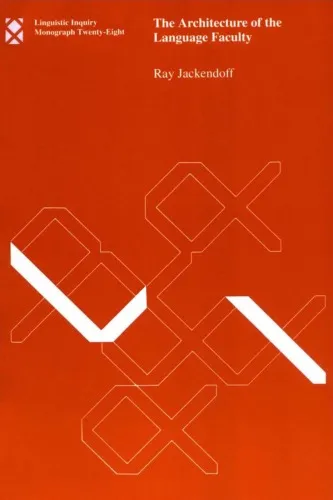

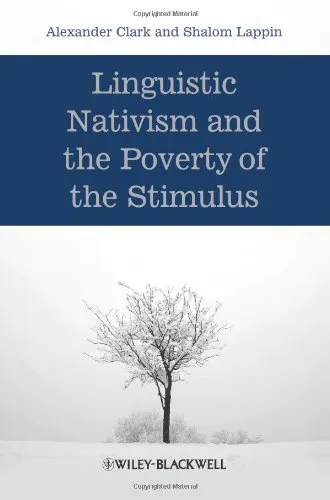
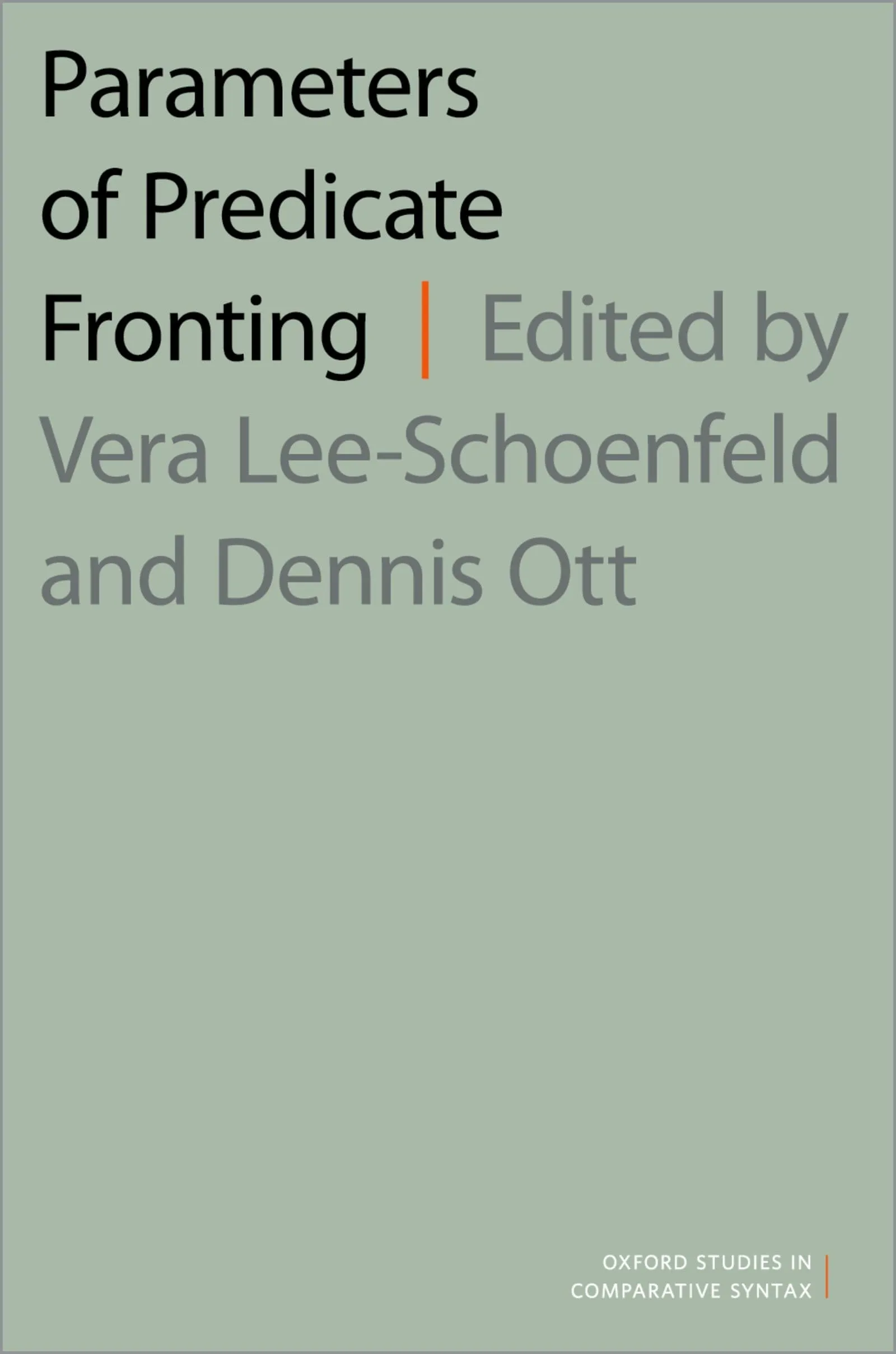
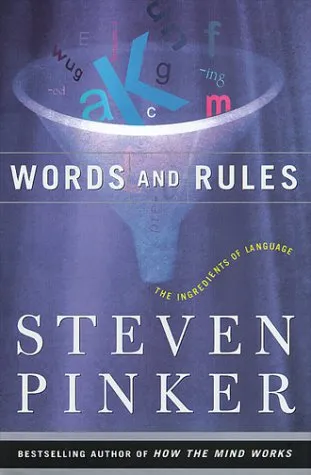
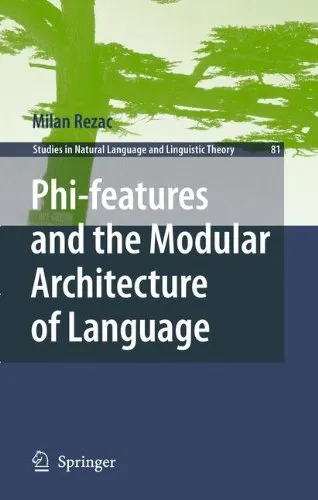
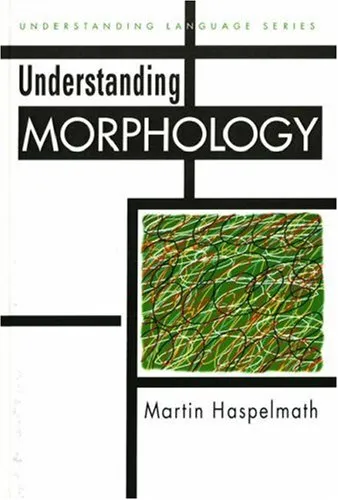
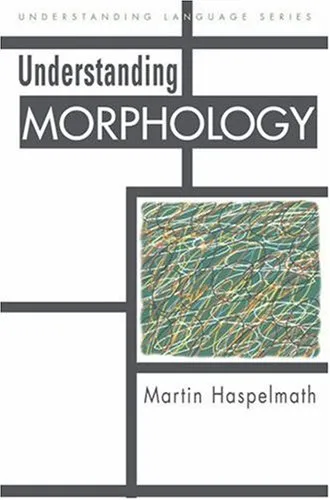




![Studies in Generative Grammar [SGG]; 142](https://s3.refhub.ir/images/thumb/Studies_in_Generative_Grammar__SGG___142_45571.webp)
